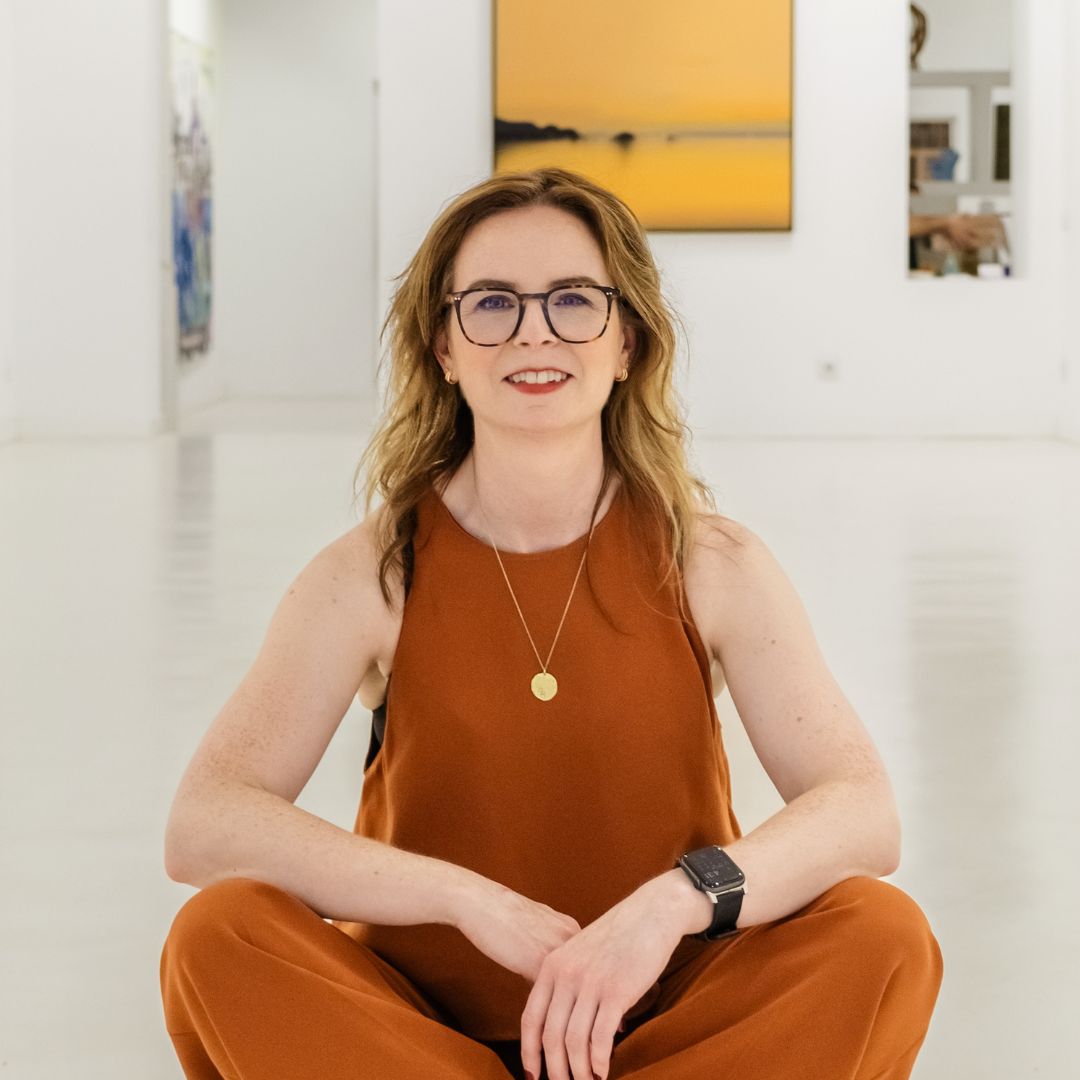The Truth About Funding Rejections (Agility Award Edition)
September 4, 2024
If you applied for Agility Award funding and didn’t get it, you’re likely feeling disappointed, frustrated and maybe a bit confused. When you’ve put effort into the application and followed the guidelines but you still don’t get the result you hoped for it can feel unfair and despair can start to set in, particularly if you have applied several times. Here’s the reason it didn’t work … and it’s not the reason you think.
To start, ask yourself the following questions;
Did I lose anything by applying?
Did it give me the opportunity to; develop my project idea, consider how I communicate about my work, write a synopsis of my plans that I can use for future applications, develop a budget plan, see in black and white the true value of my work for both myself and my audience.
This next one is a hard one…
Did I truly consider the volume of submissions that I would be competing against?
And it gets harder for those who weren’t first time applicants…
Did I assume that because I had applied before that my application would get priority?
Let’s take a closer look at these questions…
Aside from some time, it’s unlikely that you lost anything by making the application and if you did it even half right you will have gained some really useful and practical insight into how you can achieve the goals you’ve set for your practice.
Being forced to put your ideas into words in the structured way that the application form imposes is very valuable. This is information you can use to create and continue forward momentum. It makes clear what’s required with regards to time, money, resources and collaboration. The point is, now that you have this clear structure built, you can use it to start building on. It’s not to be wasted.
Now lets look at the tough stuff and we’ll start with one I didn’t mention explicitly yet. If your application hasn’t provided the structure and foundations to build on, you didn’t do it right. The good news about that is that that’s exactly why you weren’t awarded the funding 😊
For those of you who did what they needed to and still didn’t get selected, let’s talk…
It can be difficult to stand back from your own application and look at the context in which it sits. What you are asking for is of great importance to the future of your practice and when you are so close to it it can feel very unfair that the decision makers seem to miss that. So let’s create a visual for the application process that might help you to understand how the decisions are made.
This year the Arts Council received almost 3000 eligible applications for the Agility Award. That’s 2999 other artists with an application that’s equally as important as yours. With each application asking for the maximum or close to the maximum of €5000, as this is the least required to meet the needs of the projects proposed, that means that the Arts Council can only offer awards to 27% of the total eligible , that’s just 805 artists out of 3000
Note: If your project required a lot less than €5000 to execute, this was the incorrect award to apply for and another reason you weren’t selected
Now that we know the facts, here’s the visual …

The number of applicants for this year’s agility award would fill the Bord Gais Energy Theatre 1.5 times
So, when you sent in your application, you took your seat in the auditorium. The Council then effectively heard each artist pitch their idea or if we are to stick to the theatre analogy, audition. But there are only so many parts to fill and because the Council has an obligation to the public, who provide the funding, there has to be a selection criteria to choose which of the artists meets that obligation best. So, if you consider both quantity of the applications, the strength of each case and the limits of the scope of the budget it’s, hopefully, easier to see that your rejection isn’t personal, it’s that the competition was strong and though your audition was excellent, it just didn’t meet the requirements of the role.
Another frustration with the application process is for those who repeatedly apply and still don’t get selected. What’s especially key to know about this is that each application is considered independently and separate from any previous applications. That’s why you might see some artists get selected more than once and first time applicants succeed. It’s important that each time you embark on this journey abandon any idea of entitlement to preferential treatment. Instead consider it a chance to improve on areas that you didn’t do so well on before and ensure you make the strongest case you can for what you want.
Note: Always utilise the Arts Council’s feedback service. They will provide you with a breakdown of their assessment of each section of the application so you can see exactly what you did right and where to improve.
So, what now?
There are significant elements of the application process that are out of your control and you have to manage your expectations around that. You didn’t get the funding, it’s time now to leave the disappointment behind and stride forward with the plans/wants/needs/desires you have for your practice.

Name It
What do you really want? When I ask new clients this they are often hesitant to answer because they feel what they want is too lofty…it never is.. and saying it is always useful to realise it is possible. Look at what you asked for in your proposal and identify the core of what you want to achieve.

Build
Now use the information you compiled for your proposal to determine a starting point that you can achieve yourself and what the next steps to take are. Perhaps you need to focus on networking to make the connections to put on an exhibition. If your application was focused on research and development, what are the first steps you laid out in your application, to what degree can you take those forward without the funding?
Note: If there isn’t a step you can take without the funding, you asked for the wrong thing. Likely you looked for support with a step further ahead in the project process than you are prepared for now.

Take Action
There’s nothing like doing to get you past the point that you are now and close to the next thing you want to achieve. The action doesn’t have to be big, it could simply be ordering new materials to start exploring that technique you want to master or it could be compiling a list of people that you want to meet or be introduced to to expand the reach of your work.
The plans don’t have to stop because you didn’t get the Agility Award. Sure, the journey might be a bit slower but it is possible. The power is in your hands to make it happen and you can.

I’m Sheelah, and I’m here to help visual artists like you achieve more sales, certainty, and recognition for your work. I share my decade and a half of experience in art sales, curation and art buying through my Artist’s Pathway mentoring program and workshops. If you’d like to chat about how to get the opportunities you want for your art business, get in touch!
I am not associated with the Arts Council or the decision makers for the Agility Award. My knowledge on this subject is developed from the public information shared by the council and my experience with successful and unsuccessful applicants throughout my career.
Add a comment
0 Comments